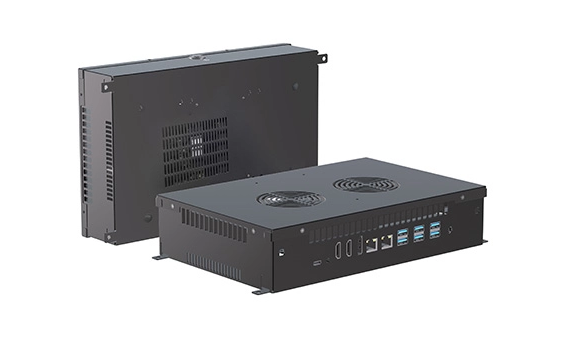Illuminating Risks: Understanding the Fire Hazards of Faulty Light Switches
When it comes to home safety, the focus often gravitates toward smoke detectors, fire extinguishers, and escape plans. However, one critical component that frequently goes unnoticed is the light switch. While it may seem innocuous, a faulty light switch can pose significant fire hazards that homeowners must understand and address. This article delves into the intricacies of how a malfunctioning light switch can lead to dangerous situations, the signs to look for, and preventive measures to ensure your home remains safe.
The Mechanism of Light Switches
Light switches are designed to control the flow of electricity to lighting fixtures. When you flip a switch, it either completes or interrupts the electrical circuit, allowing or stopping the flow of current. However, like any electrical component, light switches can wear out over time due to various factors, including:
- Electrical Overload: Excessive current can cause overheating, leading to insulation breakdown and potential arcing.
- Poor Installation: Incorrect wiring can create short circuits, increasing the risk of fire.
- Aging Components: Older switches may not handle modern electrical loads, making them susceptible to failure.
How Faulty Light Switches Become Fire Hazards
A faulty light switch can become a fire hazard through several mechanisms:
- Arcing: When a switch is damaged or worn, it can create an electrical arc—a visible discharge of electricity that occurs when the circuit is interrupted. Arcing generates intense heat, which can ignite surrounding materials, especially if they are flammable.
- Overheating: A switch that is overloaded or improperly wired can overheat. This excessive heat can damage the switch itself and the wiring, potentially leading to a fire. According to the National Fire Protection Association (NFPA), electrical failures or malfunctions are a leading cause of home fires.
- Short Circuits: A faulty switch can lead to short circuits, where electricity bypasses the normal path and flows through unintended routes. This can cause wires to overheat and ignite nearby materials.
Signs of a Faulty Light Switch
Recognizing the signs of a malfunctioning light switch is crucial for preventing fire hazards. Homeowners should be vigilant for the following indicators:
- Flickering Lights: If the lights flicker or dim when the switch is operated, it may indicate a poor connection or internal damage.
- Burning Smell: A burning odor near a switch can signal overheating or melting components.
- Discoloration: Any discoloration or charring around the switch plate or wiring is a red flag that should not be ignored.
- Buzzing Sounds: Unusual sounds, such as buzzing or crackling, can indicate electrical arcing or a failing switch.
Preventive Measures
To mitigate the risks associated with faulty light switches, homeowners should adopt several preventive measures:
- Regular Inspections: Conduct routine checks of all electrical fixtures, including light switches. Look for signs of wear, damage, or overheating.
- Professional Installation: Ensure that all electrical work, including light switch installation, is performed by a licensed electrician. This reduces the risk of improper wiring and installation.
- Upgrade Old Switches: Consider replacing outdated switches with modern, safer alternatives that can handle current electrical loads. Smart switches, for example, often come with built-in safety features.
- Use Appropriate Bulbs: Always use light bulbs that match the wattage rating of the fixture and switch. Overloading a switch with high-wattage bulbs can lead to overheating.
- Install Circuit Breakers: Ensure that your home is equipped with circuit breakers that can trip in case of overloads, providing an additional layer of safety.
Conclusion
While often overlooked, faulty light switches can pose serious fire hazards that warrant attention. By understanding the risks, recognizing the signs of malfunction, and implementing preventive measures, homeowners can significantly reduce the likelihood of electrical fires. Safety should always be a priority, and being proactive about electrical components in your home is a crucial step toward ensuring a safe living environment. If you suspect that a light switch in your home is faulty, do not hesitate to consult a qualified electrician to assess and rectify the issue. Remember, when it comes to fire safety, it’s better to be safe than sorry.

